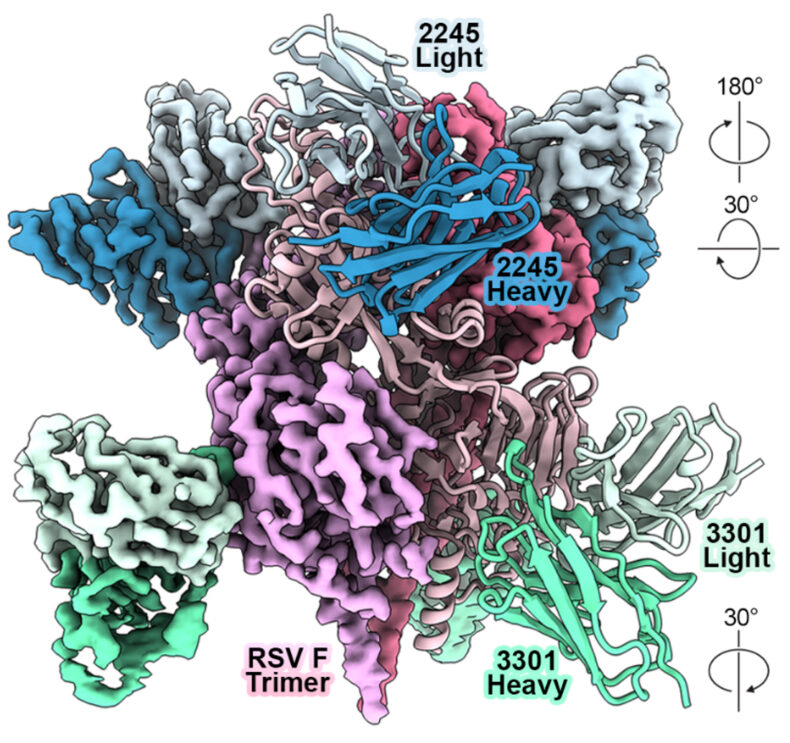by Bill Snyder
Researchers at Vanderbilt University Medical Center and Case Western Reserve University in Cleveland have been awarded a five-year, $3.3 million grant by the National Cancer Institute to apply artificial intelligence (AI) to help customize treatment for oral cancer patients.

Oral squamous cell carcinomas are the eighth most common kind of cancer worldwide. Nearly 400,000 new cases are diagnosed each year, most often in men over age 40, and the incidence is steadily increasing in the United States, India and other parts of Asia.
James Lewis Jr., MD, professor of Pathology, Microbiology and Immunology at VUMC, and Anant Madabhushi, PhD, Donnell Institute Professor of Biomedical Engineering and head of the Center for Computational Imaging and Personalized Diagnostics (CCIPD) at Case Western Reserve, will lead the international research effort.
“We have known for a long time that pathologic features of oral cavity squamous cell carcinomas correlate with tumor behavior and prognosis, but human visual systems cannot extract these features consistently or quantitatively,” Lewis said.
“AI now allows us to do just that, and we are hopeful that the extracted information can be turned into clinically available algorithms that drive better patient care decisions,” he said.
VUMC and the CCIPD, a global leader in AI-driven precision medicine research, will partner with the Cleveland Clinic and University Hospitals in Cleveland, the San Francisco VA Health Care System, Tata Memorial Centre in Mumbai, India, and NRG Oncology in Philadelphia.
The researchers will use advanced computer vision and machine learning techniques to identify cancer and immune cells on digitized images of H&E-stained tissue slides from resected oral squamous cell carcinomas.
The technology enables researchers to recognize spatial patterns and quantitate features among cells that are beyond the capabilities of the human eye, but which can help them determine which cancers are more versus less aggressive, Madabhushi said.
The goal is to distinguish patients with early-stage disease who could be treated safely with surgery alone from those who might also need postoperative radiation, and to distinguish patients with advanced disease who may be treated adequately with adjuvant radiation from those who might benefit from adjuvant chemotherapy as well.
By revealing the spatial architecture and interplay between different cell types, AI and machine learning techniques can offer clinicians the ability to “parse out” patients who should be in a different treatment category, he said.
The researchers also will look for differences in the appearance of oral carcinomas among patients of different races that place them at greater or less risk. The NIH grant number is CA249992.

















